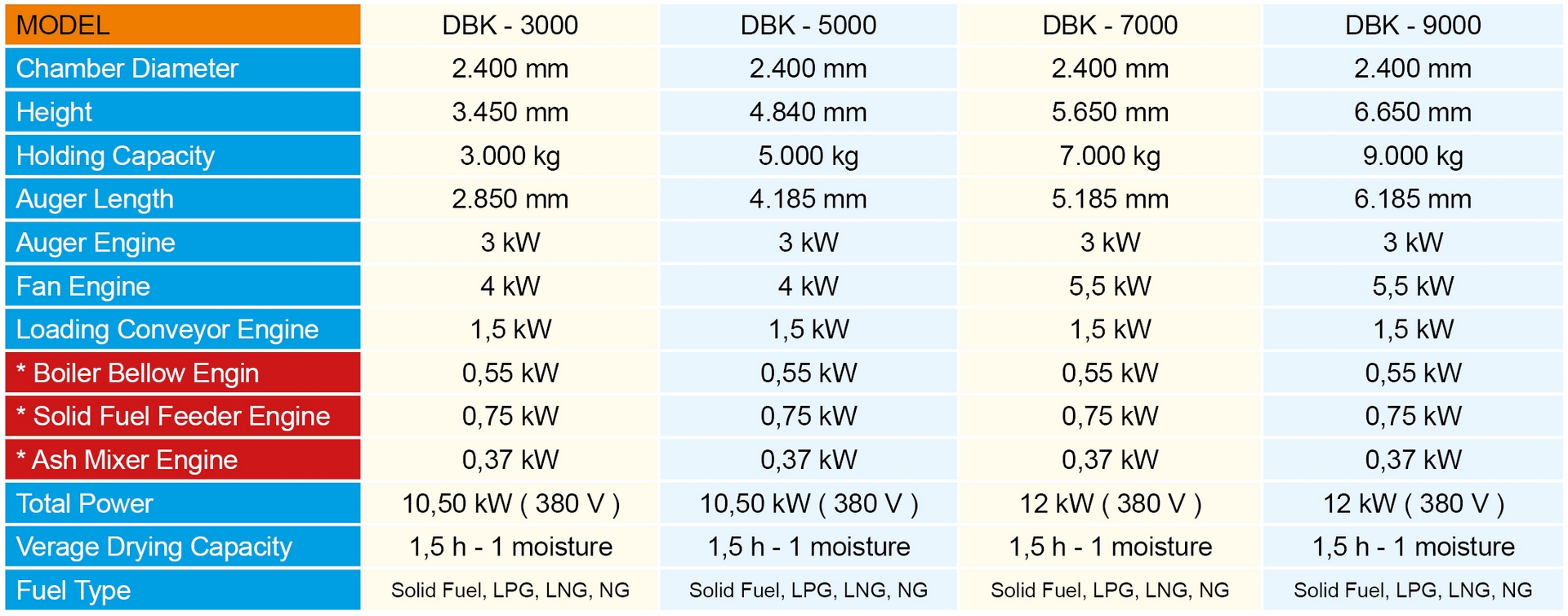To ensure that our country's traditional export product, hazelnuts, which have significant economic value, receives its deserved value and that its export remains sustainable, aflatoxin formation must be prevented. Especially in regions that experience rainfall during harvest periods, hazelnuts that are stored without drying lead to quality loss, decay, mold, and aflatoxin formation. These organisms not only cause various diseases in plants, animals, and humans but also result in the loss of a significant portion of agricultural products each year.
Producing high-quality hazelnuts and maintaining the quality and reputation of Turkish hazelnuts is heavily reliant on the effective prevention of aflatoxin formation, making the drying process a crucial stage. Hazelnuts must be dried properly and in accordance with established methods. The high moisture content of harvested hazelnuts should be reduced to 6%, which is essential and necessary. Traditional drying methods may not achieve this, making machine drying necessary to obtain the desired results. Rapid moisture loss in hazelnuts can lead to quality deterioration, often due to excessively high drying temperatures. Therefore, in ADAKURUTMA® hazelnut dryers, the temperature is continuously monitored and controlled electronically to ensure that the product dries efficiently and without damage within a specified temperature range.
ADAKURUTMA® hazelnut dryers are preferred across the industry and hold a leading position in the market due to their significant reduction in drying time, prevention of losses, and improvement in product quality.
Due to the region's climatic conditions, which include high humidity and continued rainfall during hazelnut harvesting periods, collected hazelnuts are not properly dried. Especially in the Black Sea region, where the land is small, industrial-scale drying machines have been considered too large and expensive for most hazelnut producers. To address this issue, ADAKURUTMA® has developed a 3 m³ (approximately 1,000 kg) hazelnut drying machine that operates with household electricity and LPG (cooking gas).

In walnut cultivation, especially for those with large orchards, a walnut dryer is indispensable. In walnut cultivation, the harvest, which is even more important than the cultivation itself, makes walnut drying essential. The drying process is crucial for the storage life of walnuts. For this, the highest moisture levels required for walnuts with shells are determined by standards. For example, according to T.S.E., dried walnuts should have a moisture content of 8%. After harvesting walnuts, the next step is the drying phase. As the drying time extends, aflatoxins begin to develop, which could lead to the loss of your entire year's production. Considering the walnut harvest time, drying walnuts in humid weather conditions is not feasible. Looking at leading walnut-producing countries, drying is done entirely through mechanical methods. In this regard, drying machines are the most effective solution. Thanks to its significant reduction in drying time, prevention of losses, and improvement in product quality, ADAKURUTMA® walnut dryers are preferred across the industry and hold a leading position in the market.
Walnut drying depends on three fundamental factors: temperature, air circulation, and humidity. Rapid moisture loss in walnuts can cause the shell to crack. This issue arises from excessive and sudden drying, typically caused by very high drying temperatures. Therefore, in ADAKURUTMA® walnut dryers, the temperature is continuously controlled electronically. This ensures that the product dries efficiently and without damage within a specific temperature range.